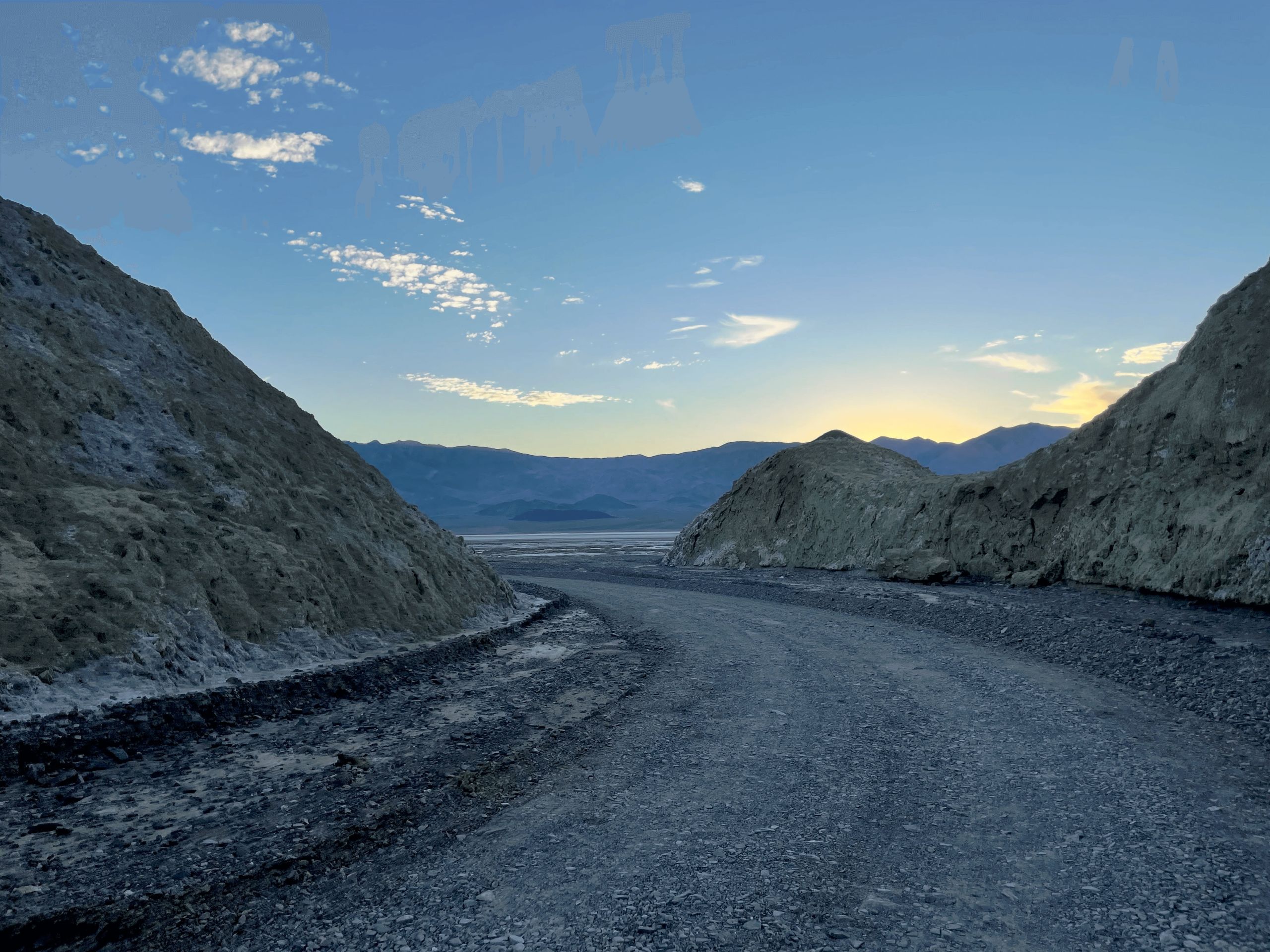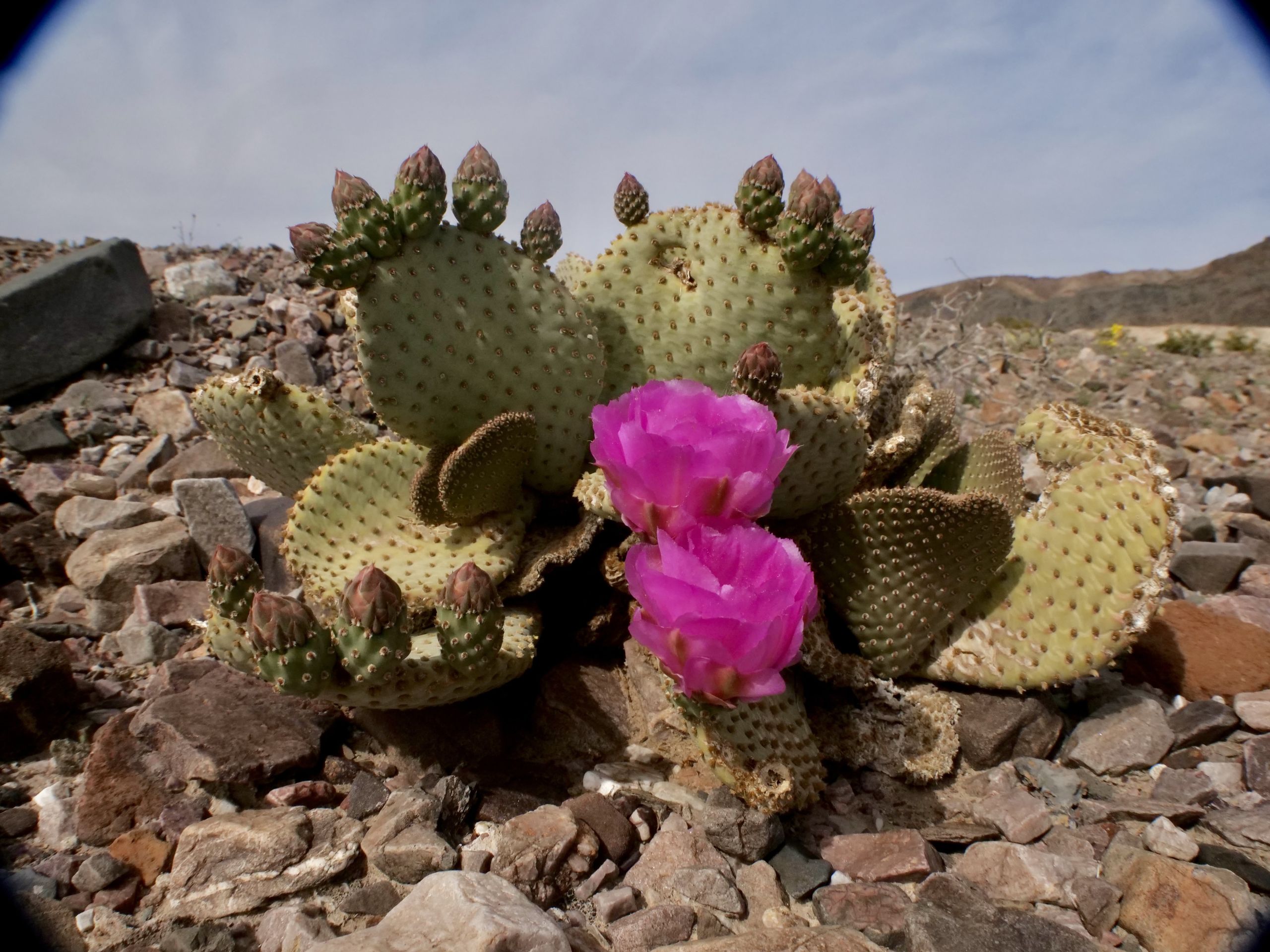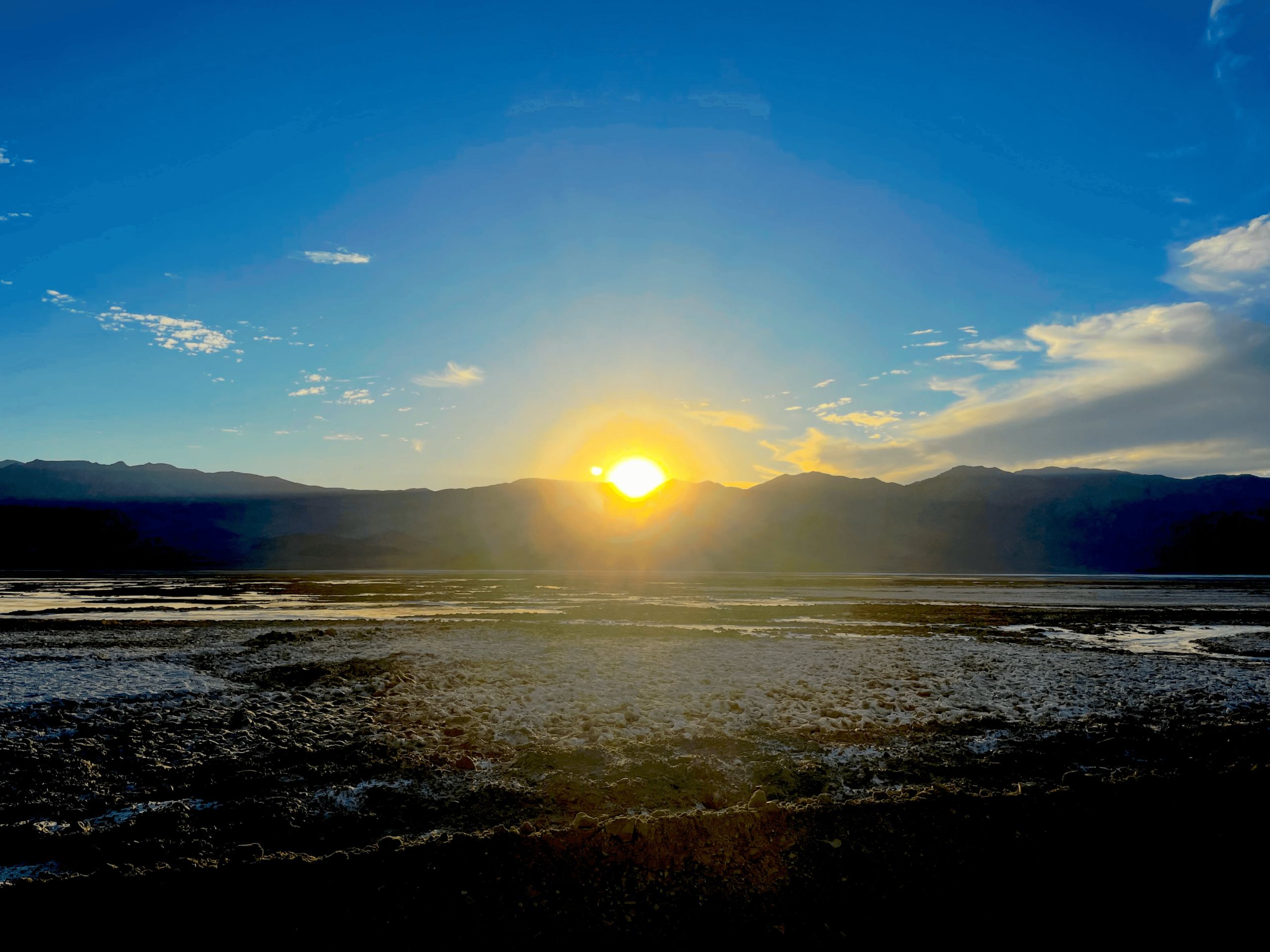Five Fascinating Facts About Borax
Unveiling the Secrets of Death Valley’s White Gold
Borax is a simple, white mineral that has played an extraordinary role in shaping the history and development of the Death Valley region. While many know it as a household cleaner or laundry booster, borax has a rich and intriguing past, especially in Death Valley National Park. Discover five fascinating facts about borax that highlight its significance in the Death Valley region and beyond.
Five Facts About Borax
1. Borax Discovery Sparked a Mining Boom in Death Valley
The Death Valley region was largely uncharted territory until the discovery of borax transformed it into a hub of activity. In 1881, Aaron and Rosie Winters discovered borax deposits near Furnace Creek. Their claim was quickly purchased by businessman William T. Coleman, who established the Harmony Borax Works. This mining operation not only brought economic growth but also put Death Valley on the map, attracting workers and leading to the development of infrastructure in this once-isolated region.
2. The Legendary 20-Mule Team Was Born Here
Transporting borax out of Death Valley was no easy task due to its remote location and harsh environment. The solution? The creation of the iconic 20-Mule Team. From 1883 to 1889, teams of 20 mules hauled massive wagons loaded with up to 36 tons of borax over 165 miles of desert to the nearest railhead in Mojave. This grueling journey took about ten days and required exceptional skill and endurance. The 20-Mule Team became a powerful symbol of the Old West’s ingenuity and remains an enduring legacy of Death Valley’s borax era.
3. Borax Was Essential in the Development of Household Products
While borax was initially valued for industrial uses, it soon found its way into households across America. Its natural cleaning and water-softening properties made it a popular ingredient in laundry detergents and cleaning agents. The widespread use of borax in everyday products can trace its roots back to the mineral’s extraction in Death Valley, highlighting the region’s impact on domestic life nationwide.
4. Borax Mining Paved the Way for Death Valley National Park
The infrastructure established for mining operations—such as roads, settlements, and communication lines—laid the groundwork for future infrastructural development. After mining ceased, the natural beauty and unique geology of Death Valley attracted tourists and naturalists. This interest ultimately led to Death Valley being designated a national monument in 1933 and later a national park in 1994, ensuring the protection of its remarkable landscapes for generations to come.
5. The Borax Legacy Continues to Influence Science and Industry
Today, borax remains an important mineral with diverse applications. It’s used in the production of glass and ceramics, serving as a flux to improve durability and thermal resistance. In agriculture, borax supplies essential boron nutrients to crops, enhancing plant growth. Additionally, borax is utilized in environmental efforts, such as treating wood to prevent fungal decay without harmful chemicals. The ongoing significance of borax in various fields underscores the lasting impact of its discovery in Death Valley.
Explore More with Us
Borax is more than just a mineral—it’s a cornerstone of Death Valley’s heritage and a contributor to advancements in industry and science. Understanding these five fascinating facts offers a glimpse into how a single mineral can shape the destiny of a region and leave an enduring mark on the world. We encourage you to explore Death Valley National Park, visit historical sites like the Harmony Borax Works, and delve deeper into the captivating story of borax.
Written by Kendra DeSomma
Kendra DeSomma is the Media Director for the Death Valley Natural History Association, a former resident of Death Valley NP, and a passionate interpreter of its vast and varied stories. From geology to ecology, wellness to history, her writing invites readers into a deeper relationship with the land through research, reverence, and reflection. Guided by a practice of mindfulness and a lifelong connection to nature, her work fosters curiosity, stewardship, and a sense of belonging for those who seek connection with the natural world.





